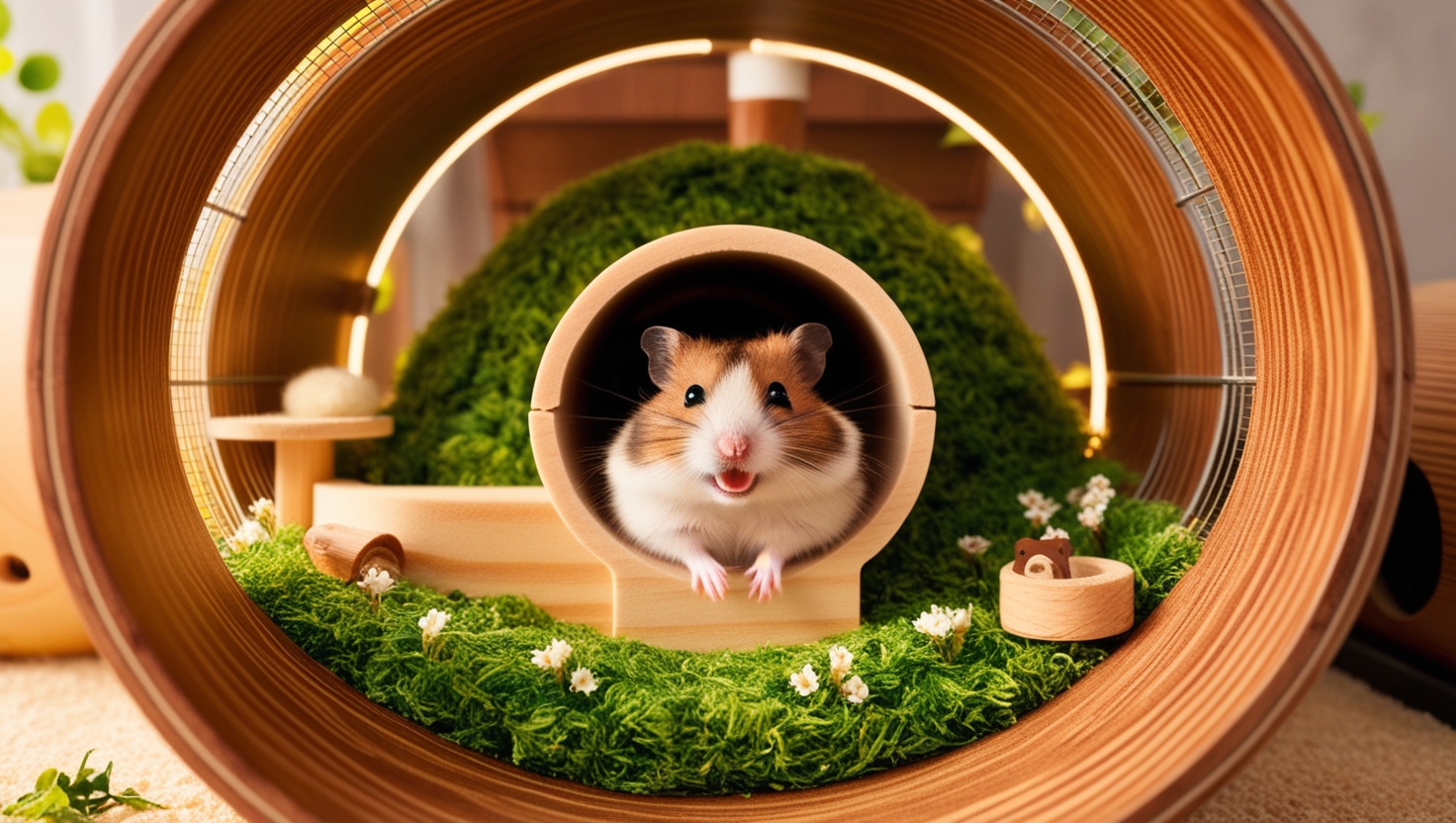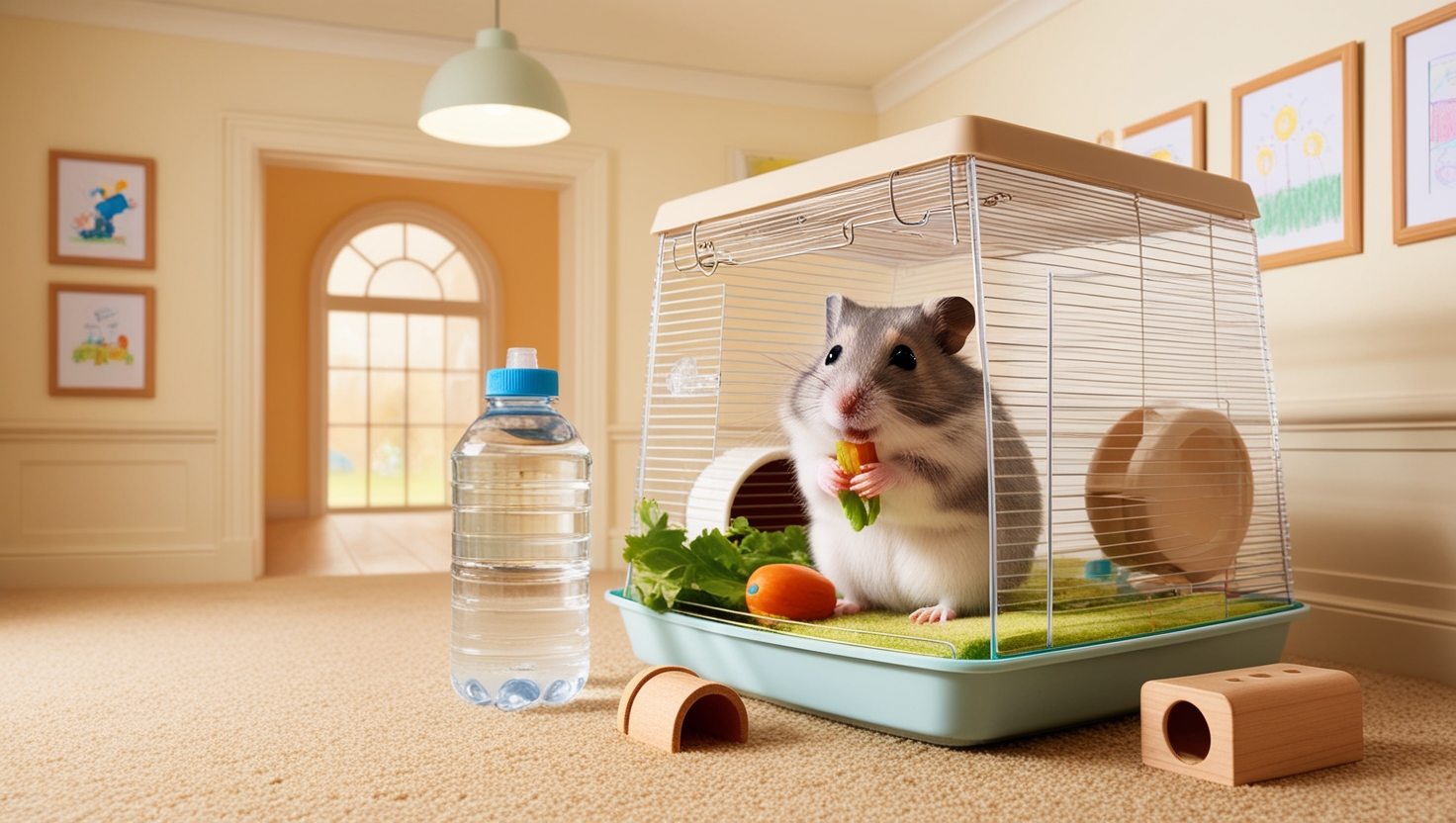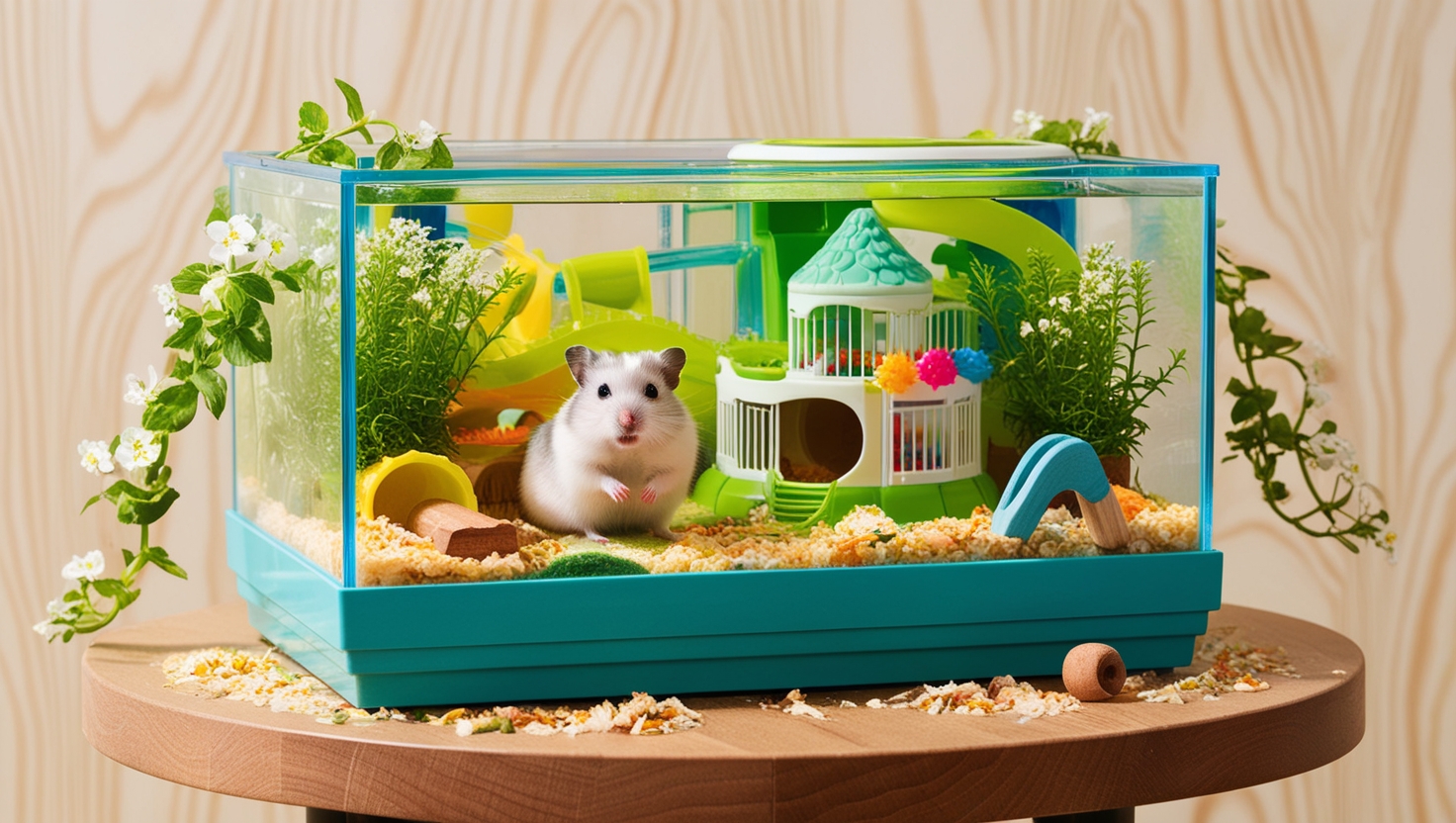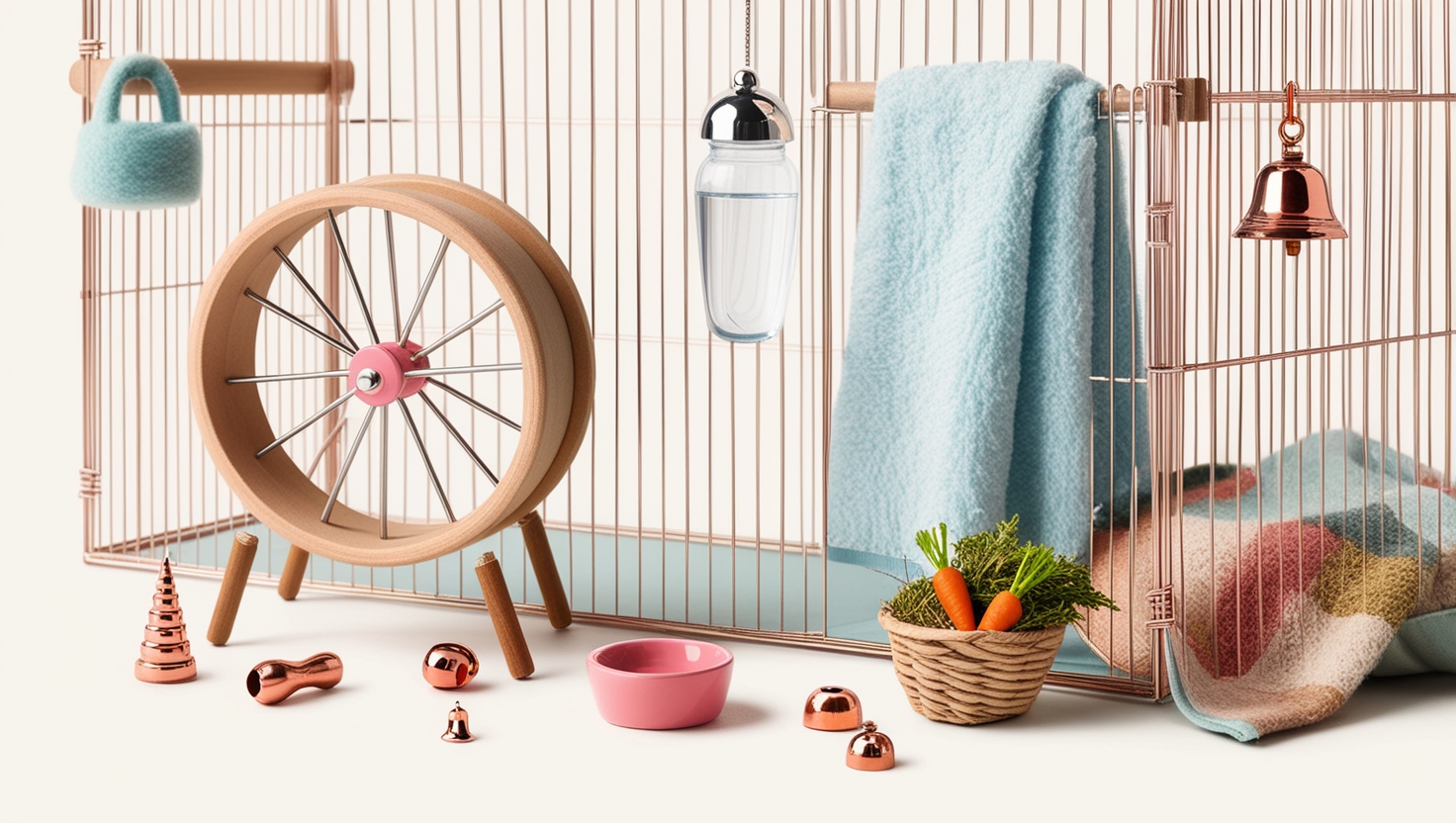So, you’re thinking about bringing home a tiny explorer and naming him Houdini? That’s fantastic! Every hamster deserves a loving home, and I’m here to help you build the perfect one. Now, as someone who’s spent years creating happy havens for hamsters, I can tell you this: not all cages are created equal, especially when you have a tiny Houdini on your hands.
Creating a Hamster Haven: Why Cage Choice Matters
Just like you wouldn’t choose a shoebox for your own home, your hamster deserves a spacious, stimulating environment. In the wild, hamsters can travel miles in a single night! While we can’t recreate that in our homes, we can certainly provide them with ample space to climb, burrow, and play. Choosing the right cage ensures your little buddy has room to stretch their tiny legs, explore, and express their natural instincts.
Size Matters: How Big Should a Hamster Cage Be?
This is where things get tricky. You see, many cages marketed as “hamster cages” are woefully inadequate. Think about it: would you be happy in a cramped space? Your hamster feels the same way!
Here’s the golden rule: bigger is always better. A minimum of 450 square inches of floor space is a good starting point, but more is always better. Remember, this is their entire world!
Types of Hamster Cages: Finding the Perfect Fit
Now, let’s talk cage styles. Each has its pros and cons:
1. Wire Cages: These are popular and offer excellent ventilation. However, they can be drafty, and Houdini might find the bars tempting for an impromptu climbing adventure. If you opt for a wire cage, ensure the bar spacing is narrow enough to prevent escapes (think half an inch or less for Syrian hamsters, even smaller for dwarf varieties).
2. Plastic Cages: These often come with colorful tubes and compartments, providing a fun, enclosed environment. However, ventilation can be an issue, and they need regular cleaning to prevent ammonia buildup.
3. Glass Tanks: Offering excellent visibility and good security, glass tanks are a favorite among hamster owners. They also hold bedding better, allowing for deeper burrows. However, they can be heavy and require more effort to clean.
Cage Essentials: Furnishing Your Hamster’s Home
Choosing the right cage is just the first step. Next, you’ll need to furnish it with essentials:
-
Bedding: Aspen shavings, paper-based bedding, or a safe mix are excellent choices. Avoid cedar or pine shavings, as they can be harmful to your furry friend.
-
Food Dish: A ceramic dish is sturdy and easy to clean.
-
Water Bottle: A drip-proof bottle with a metal spout ensures constant access to fresh water.
-
Exercise Wheel: Hamsters are active creatures! Choose a solid-surfaced wheel large enough for your hamster to run comfortably (no arched backs!).
-
Hideaway: Every hamster needs a safe space to retreat. Provide a cozy hideout where they can feel secure.
A Word from Dr. Snuggles (Our Resident Hamster Expert)
“Remember, setting up a hamster cage is like designing a miniature amusement park! Get creative, offer variety, and watch your hamster thrive. And never underestimate the power of a good hideout – even the most adventurous hamster needs a place to unwind after a long day of exploring!”
Ready to Welcome Your Hamster Home?
Choosing the right hamster cage is a big decision – it’s about creating a safe, enriching environment where your little buddy can truly thrive. Do your research, ask questions, and don’t be afraid to get creative. After all, you’re not just building a cage; you’re building a world!







